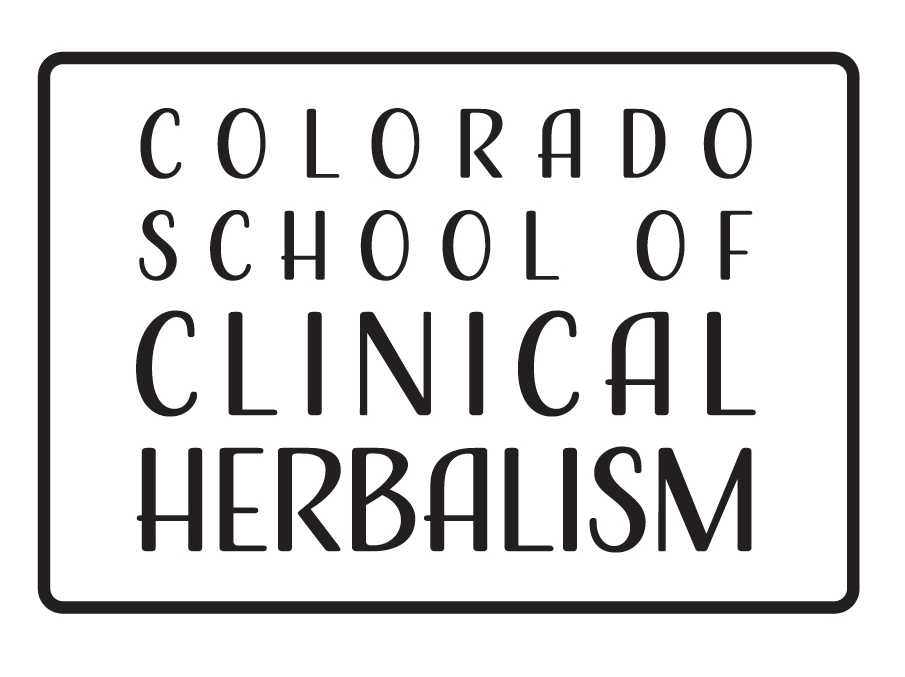Author: Danielle Shilling
Introduction: An attempt to understand the complex existence that we know to be as human beings, while pulling perspectives from neuroscience, in conjunction with knowledge from the chakra centers, while utilizing the therapy of Bach Flower Essences.
How do we know that we feel emotions? Is it by a voice in our head telling us we are embarrassed, or more viscerally, the sensation of blood rushing to our cheeks and the desire to make ourselves feel small? What about butterflies that ping around in our stomachs right before we kiss someone we adore? Or the cold sweat that perspires on our palms before an interview?
These are all physical states that our body produces, based on stimuli from our inner and outer environments. These interconnected emotional and physical reactions, prepare us to meet challenges encountered in the environment by adjusting various body systems such as:
- Cardiovascular – Ex. increase in heart rate
- Musculoskeletal – Ex. shiver down spine
- Neuroendocrine – Ex. increase in cortisol production
- Autonomic nervous system – Ex. fight or flight
These specific physical manifestations are a result of the somatosensory cortex in the brain. This part of the brain is responsible for processing somatic sensations such as: pain, temperature, and movement. These sensations are broken down into two categories:
- Proprioception
- Position of the body in space: movement, action, location
- Nociception
- Pain and temperature
We have somatosensory receptors all over the inside and the outside of the body. These receptors are constantly communicating important information to the somatosensory cortex, so that our bodies can best adapt to what is present for us.
Bottom line, our bodies are multidimensional with their expressions of a lived experience.
Acknowledging that our emotions can cause physical change in our bodies is vital. Not only in how we approach holistic health, but also when looking at how to incorporate herbal medicines.
Now we are going to combine these two concepts—the emotional body and the physical body. How can we use energetic medicine topically to assist our emotions internally?
Flower essences are a branch of herbal medicine that work with the vibrations of a living being. They are most predominantly used to assist negative or blocked emotional states. The flowers themselves hold an energetic frequency that, when administered through an essence, supplies the body with an energetic blueprint that it attempts to match. With continued use of this medicine, the body will continue to match the flower’s frequency, and in turn be able to move through and shift unpleasant emotional patterns. In simpler words, they are teachers.
While commonly being taken internally, this medicine can also be used topically. Using the chakra system as a guide to the physical and emotional body, flower essences can be administered to the skin to bring emotional clarity and relief. Below are three of the chakra centers listed. Each one with a brief explanation of their physiological, emotional, and spiritual connections, as well as potential applicable flower essences.
3rd Chakra – Solar Plexus
Associated organs
- Stomach/liver/gallbladder/pancreas/kidneys
Physiologic functions
- Digestive
Emotional and spiritual issues
- Self-esteem/self-image/issues of responsibility
Somatosensory Cortex expression
- Pit in the stomach, uneasy stomach, “nervous” stomach
Flower Essence – Larch
For those who do not believe in their capability and hold self-limiting beliefs about themselves. Larch assists in acknowledging one’s own ability, accepting personal strengths and weaknesses, and encouraging the use of one’s personal talents.
Application: Just below the heart and above the belly button, place one drop of the essence and press into the skin lightly with your finger. Creating a few small circles, breathe deeply while absorbing the meaning of this essence.
5th Chakra – Throat
Associated organs
- Larynx/trachea/carotid arteries
Physiologic functions
- Respiratory
Emotional and spiritual issues
- Right use of will/communication/self-expression/speaking one’s truth/self-discipline
Somatosensory Cortex expression
- Lump in the throat, scratchiness, coughing
Flower Essence – Cerato
For those who distrust their own judgement and constantly ask others for advice, hoping they will make the decisions instead. Cerato assists in finding and strengthening your inner voice. To grow one’s intuition and to openly express their own opinions. To trust oneself and stand by their decisions.
Application: Below the chin and in the center of the throat, place one drop of the essence and press into the skin lightly with your finger. Creating a few small circles, breathe deeply while absorbing the meaning of this essence.
Sixth Chakra – Third Eye
Associated organs
- Part of cerebral cortex/eyes/ears/midbrain
Physiologic functions
- Autonomic nervous system and intellectual functioning
Emotional and spiritual issues
- Ability to see one’s life clearly /intuition/inner vision/use of mind/intellect
Somatosensory Cortex expression
- Headache from running mind, pain behind the eyes, quick and sporadic eye movement
Flower Essence – White Chestnut
For those who cannot prevent thoughts, ideas, arguments which they do not desire, from entering their minds. This can cause mental hyperactivity that prevents one from concentrating in life. White Chestnut assists in aligning with inner guidance, thought impulses clarify and organize themselves. Inner quiet comes and solutions for everyday problems naturally appear.
Application: Directly between the eyebrows and above the nose, place one drop of the essence and press into the skin lightly with your finger. Creating a few small circles, breathe deeply while absorbing the meaning of this essence.
If you are interested in detailed descriptions of each of the chakra centers and their correlated flower essence, or my upcoming class series, please reach out to Danielle Shilling at danielle.shilling@clinicalherbalism.com
Upcoming Classes:
References:
Gerber, R. (2002). A practical guide to vibrational medicine. New York: HarperCollins World.
Nummenmaa, L., Glerean, E., Hari, R., & Hietanen, J. K. (2014, January 14). Bodily maps of emotions. Retrieved from https://www.pnas.org/content/111/2/646
Scheffer, M. (2001). The encyclopedia of Bach flower therapy. Rochester, VT: Healing Arts Press.

